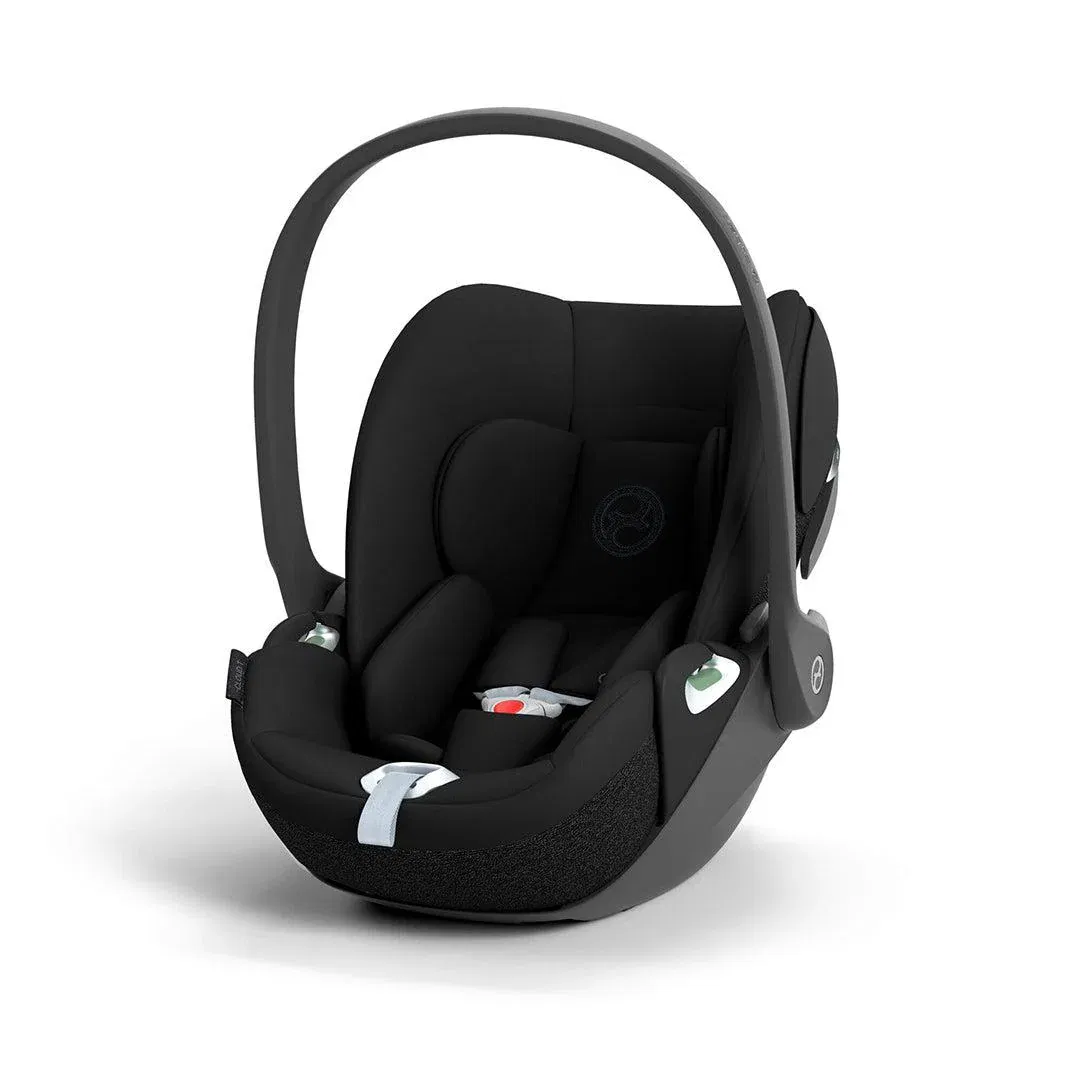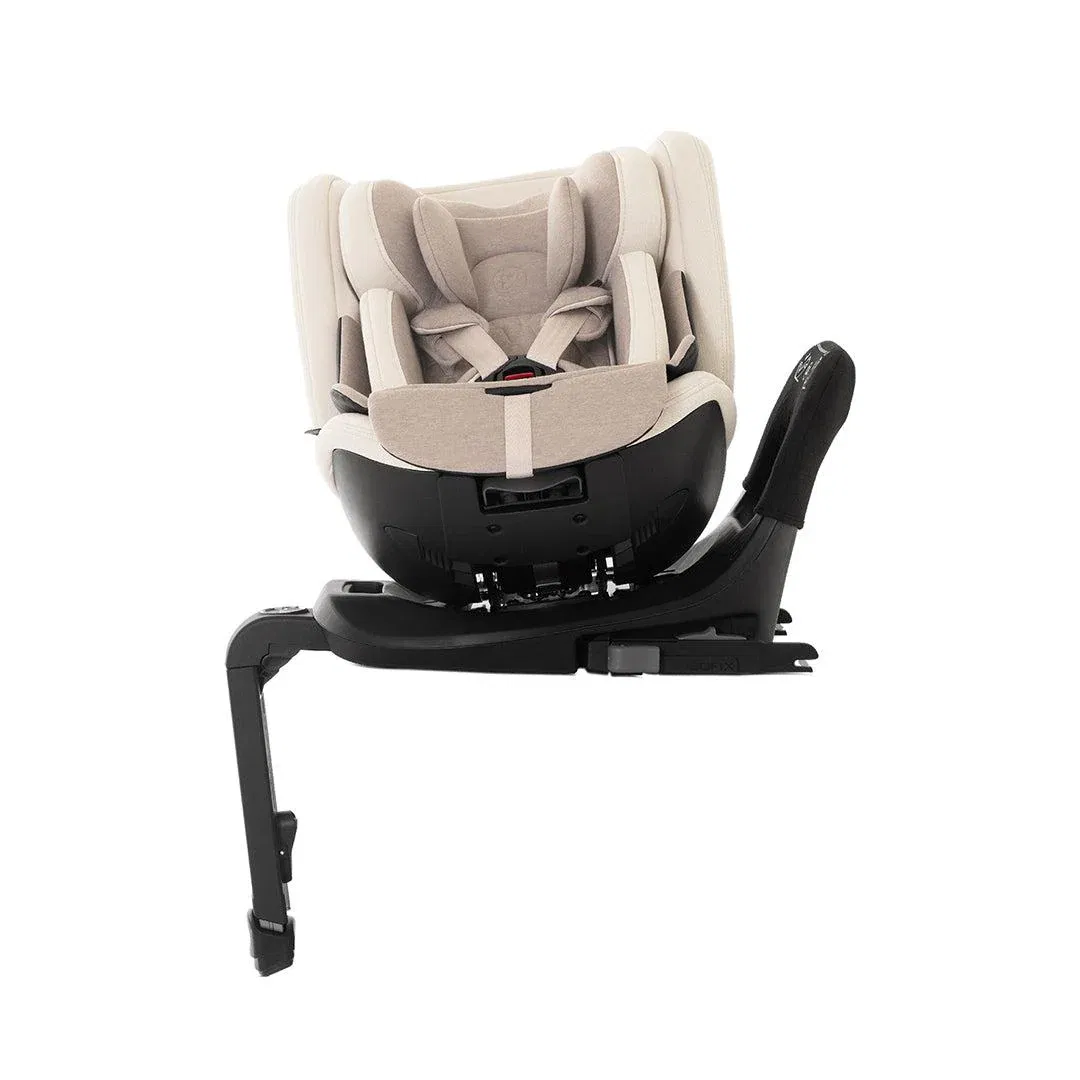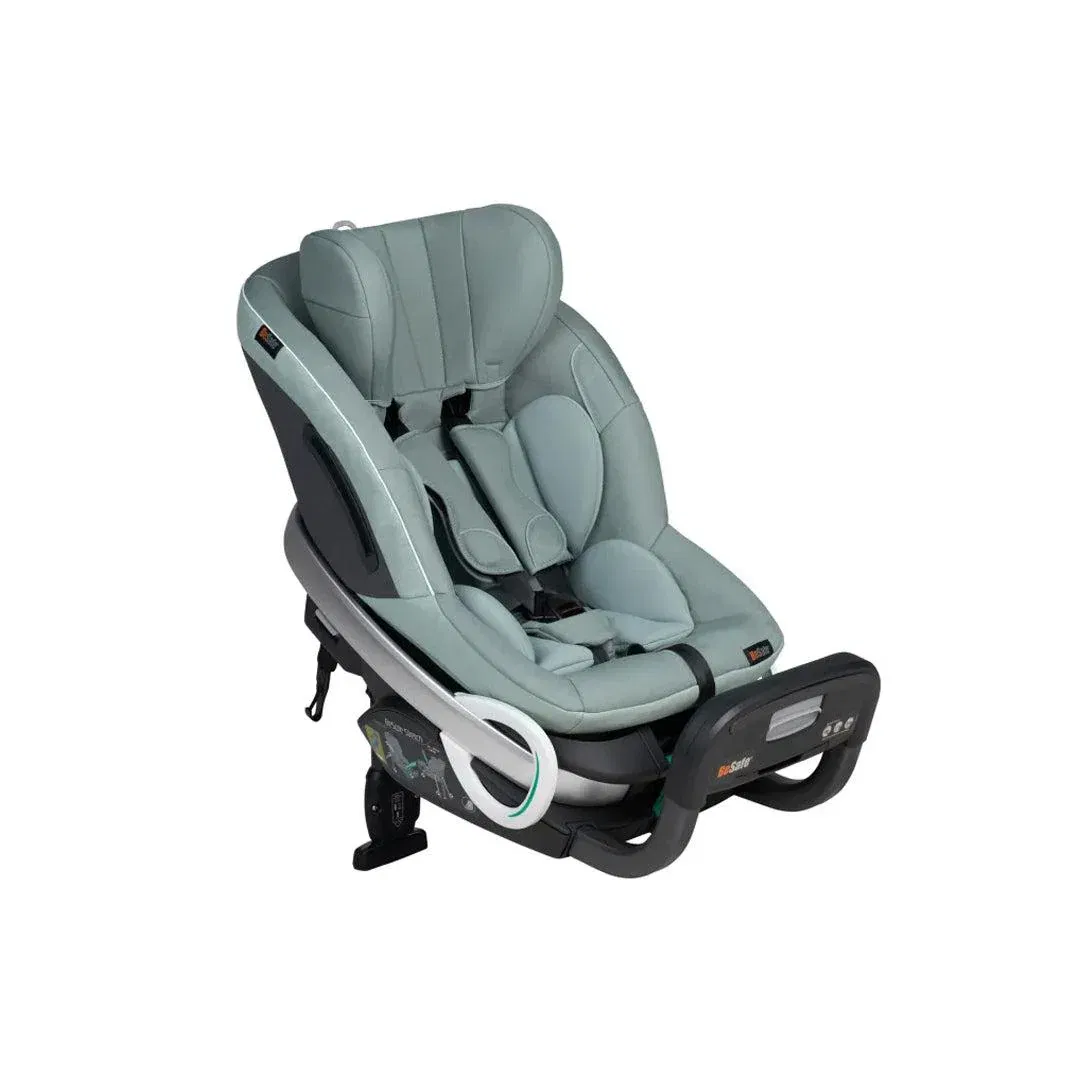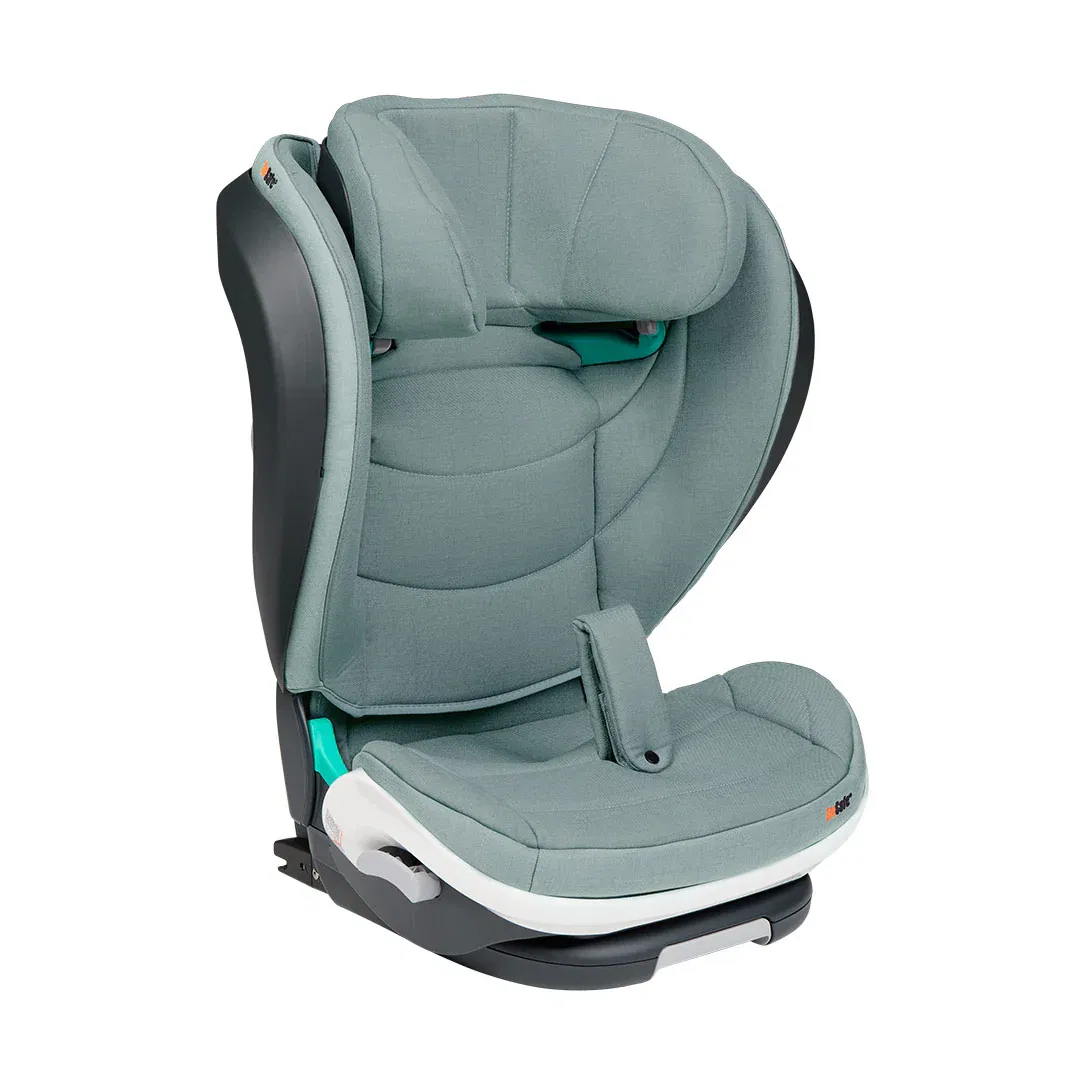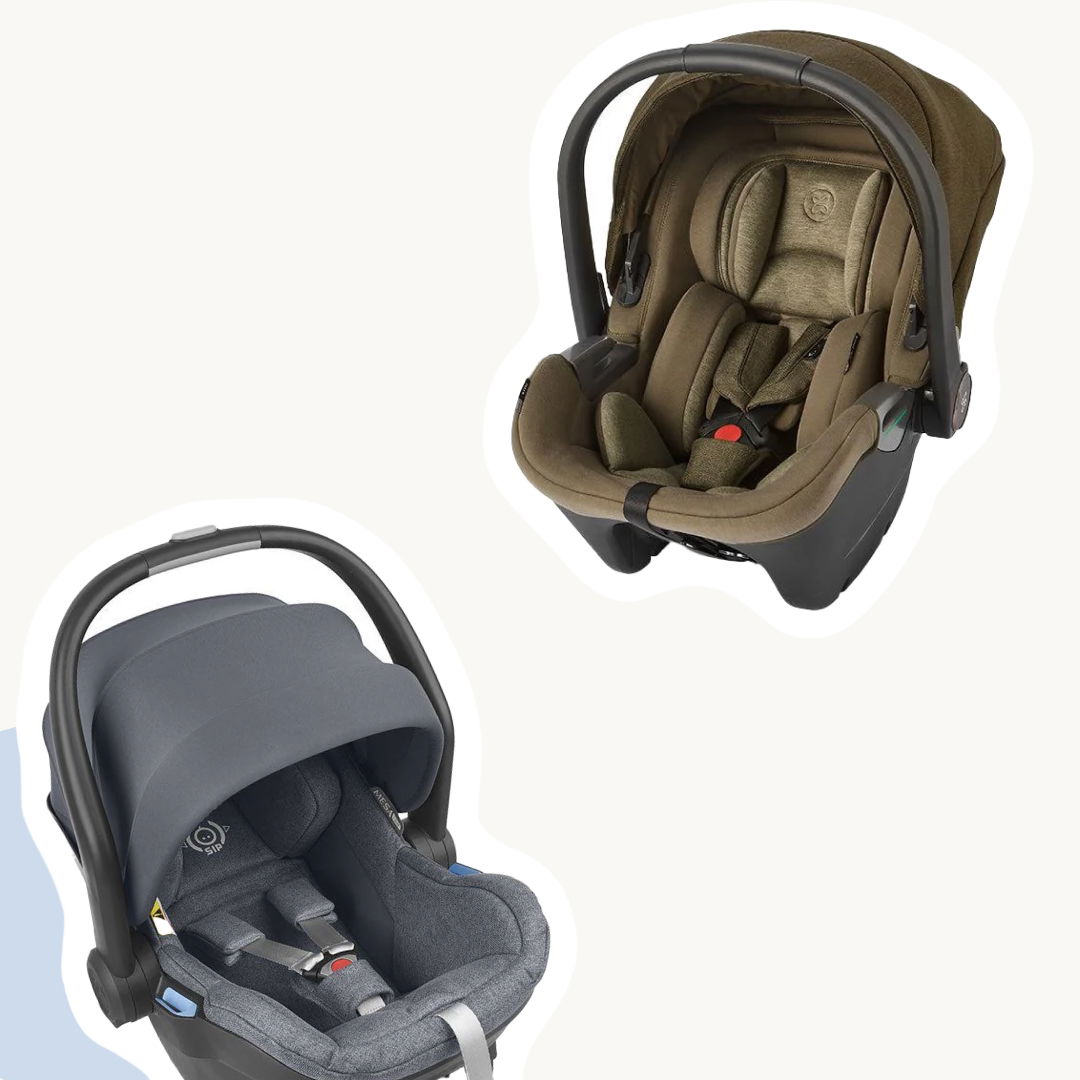
The Ultimate Car Seat Guide
for New Parents
Everything you need to know about choosing the right car seat for your baby
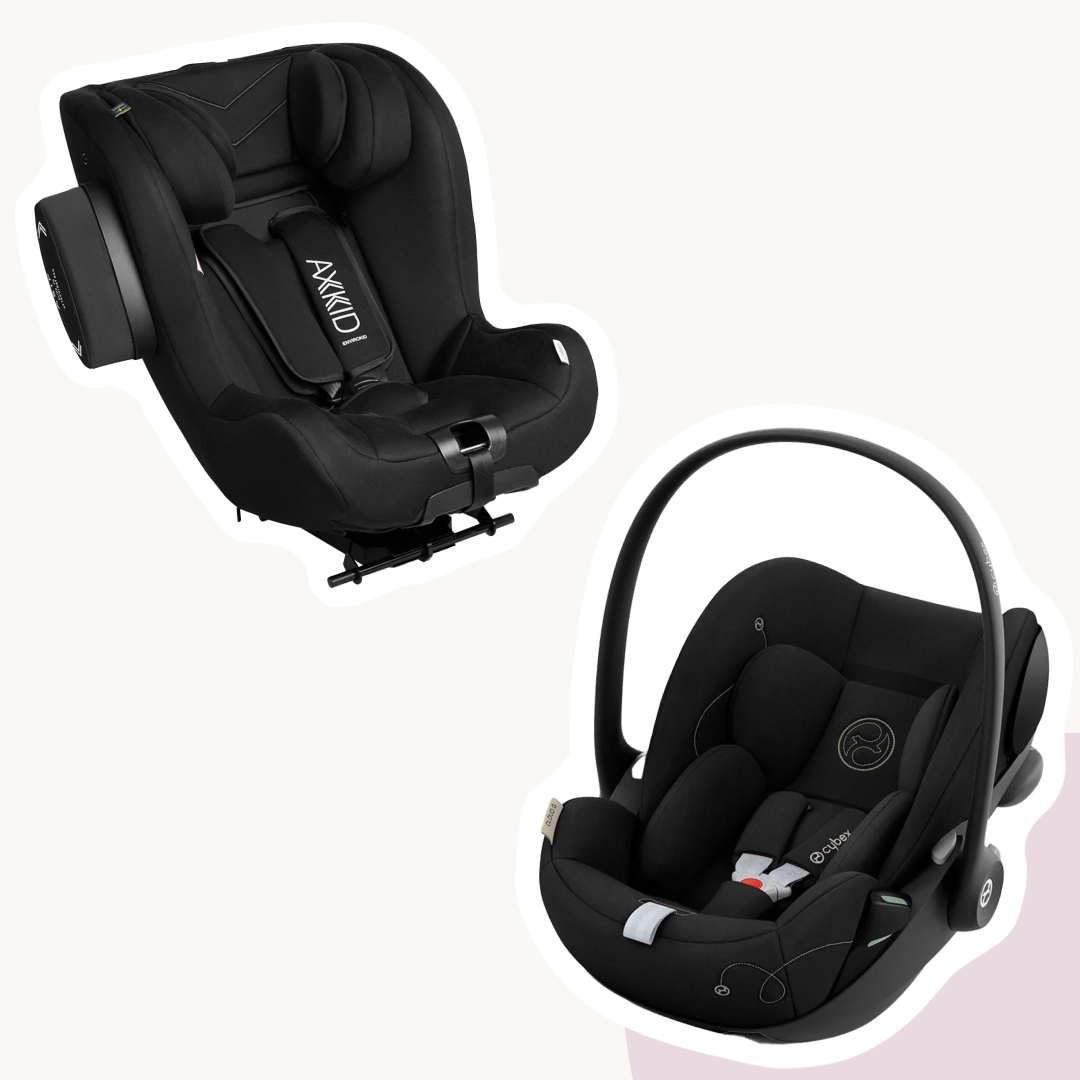
What to expect...
As a first-time parent choosing a car seat can feel overwhelming to say the least. ISOFIX. Rear-facing. Slidetech. Stroller Compatible. With all the different rules and regulations, advice and new terminology, the world of car seats can leave you feeling confused and overwhelmed.
At Natural Baby Shower, we know the stakes are high when it comes to your little one’s safety. That’s why we’ve created this ultimate car seat buying guide, so you shopping for your newborn’s car seat can be as easy as clipping them in to their ISOFIX base.
What are the current car seat laws?
You might have noticed a few car seat terms popping up that sound helpful—but perhaps you're not quite sure exactly what they mean. Let’s quickly cover some key features that can make life easier (and safer!) when you’re out and about with your baby.
Children must use a car seat from birth until 12 years old
or 135cm tall, whichever comes first
Babies must be rear-facing until they are at least 15 months old
if using an i-Size seat
If you’re using a rear-facing seat in the front passenger seat, you must deactivate the airbag
Most modern cars (made since around 2006) have built-in ISOFIX points. These are usually hidden between your car’s seat cushion and backrest. Your car manual will tell you exactly where these are, or you can physically feel for them. ISOFIX-compatible seats need these anchor points for installation.
If your car is older or doesn’t have ISOFIX, don’t panic! There are plenty of car seats designed for secure installation using just your car’s seat belt.
You can choose a child car seat based on your child’s height or weight.
Most modern cars (made since around 2006) have built-in ISOFIX points. These are usually hidden between your car’s seat cushion and backrest. Your car manual will tell you exactly where these are, or you can physically feel for them. ISOFIX-compatible seats need these anchor points for installation.
If your car is older or doesn’t have ISOFIX, don’t panic! There are plenty of car seats designed for secure installation using just your car’s seat belt.
What type of car seat do you need?
Thinking 12 years into the future might feel like a stretch when your little one hasn't even arrived yet—but choosing the right car seat means keeping one eye on the years ahead. After all, your child will need a car seat until they're around 12 years old (or 135cm tall, whichever comes first).
There are several different types of car seats you’ll encounter as your child grows, each designed for different stages and lifestyles. Let's keep things clear and simple so you can confidently pick what’s right for your family at each stage.
Our top infant car seats
Shop All Infant Car Seats
Key features to look out for when buying your car seat
You might have noticed a few car seat terms popping up that sound helpful—but perhaps you're not quite sure exactly what they mean. Let’s quickly cover some key features that can make life easier (and safer!) when you’re out and about with your baby.
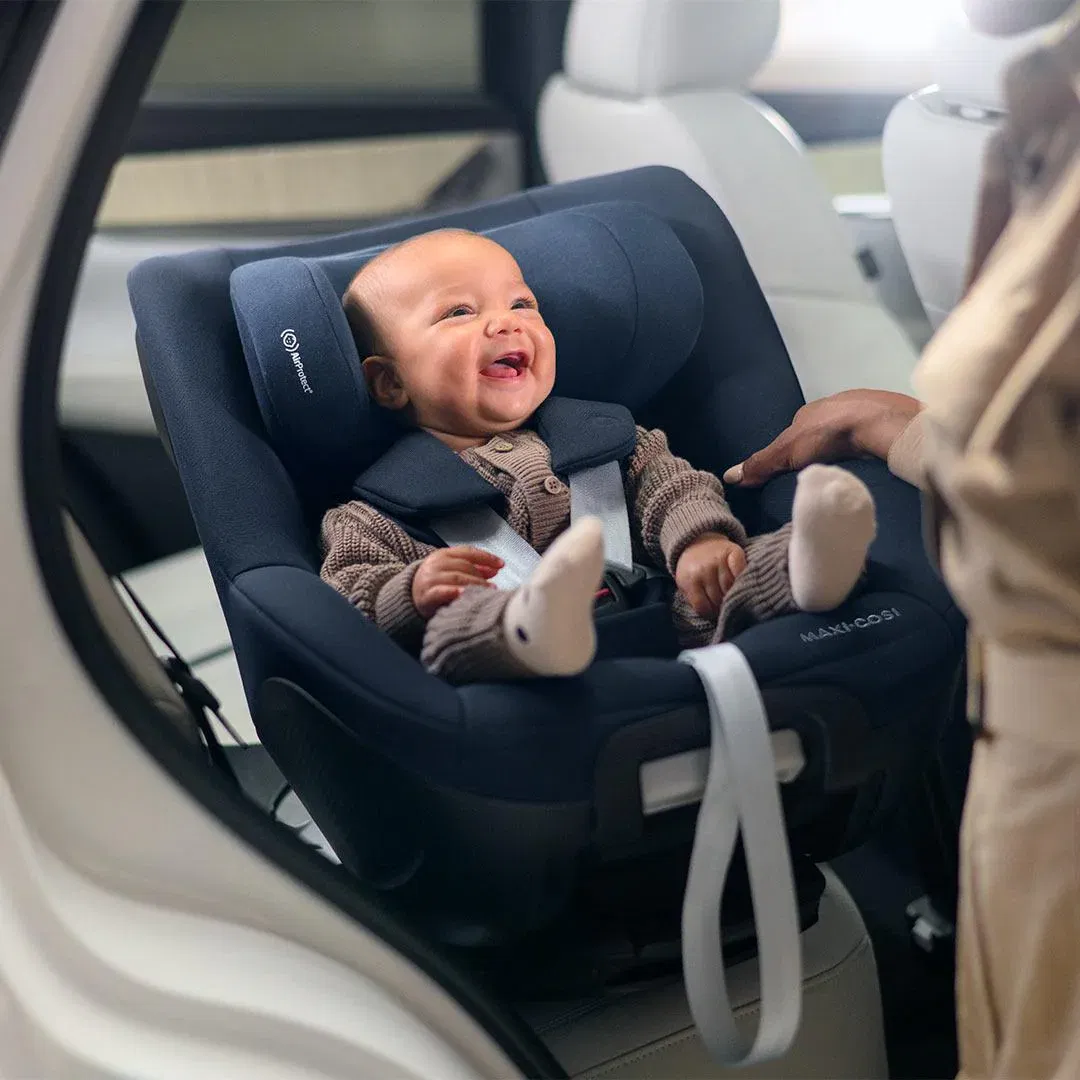
360° Rotation
No more awkward leaning—360° rotating seats spin smoothly towards you, making buckling your little one simple, even in smaller cars or tight parking spaces. A game changer if you have back pain or plan on extended rear-facing. Shop all our rotating car seats.
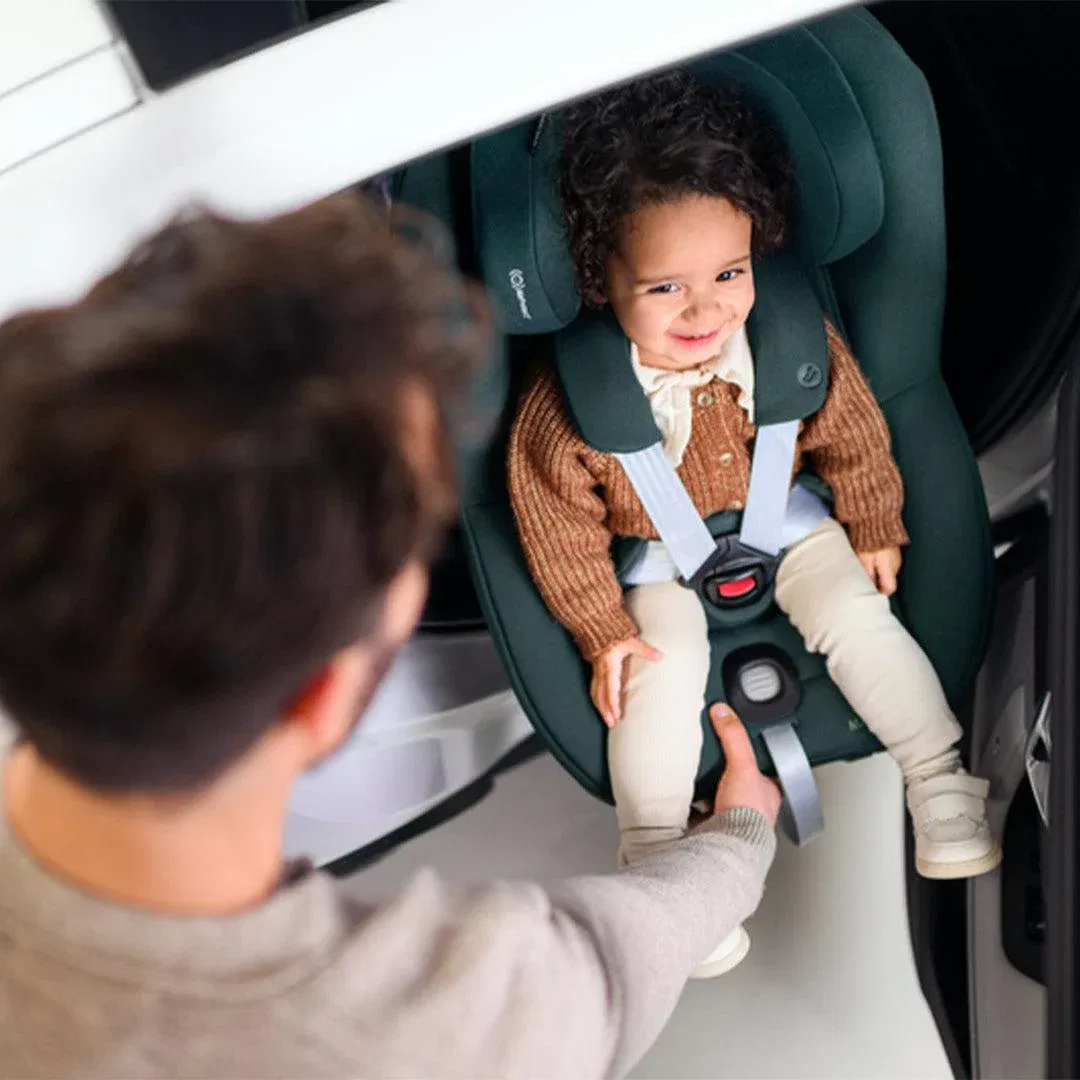
SlideTech
Say goodbye to awkward lifting. Maxi-Cosi’s SlideTech lets you easily slide your car seat onto the ISOFIX base from the side—quick, secure, and effortless every time. Ideal for smaller cars or anyone wanting extra reassurance. Shop all SlideTech car seats.
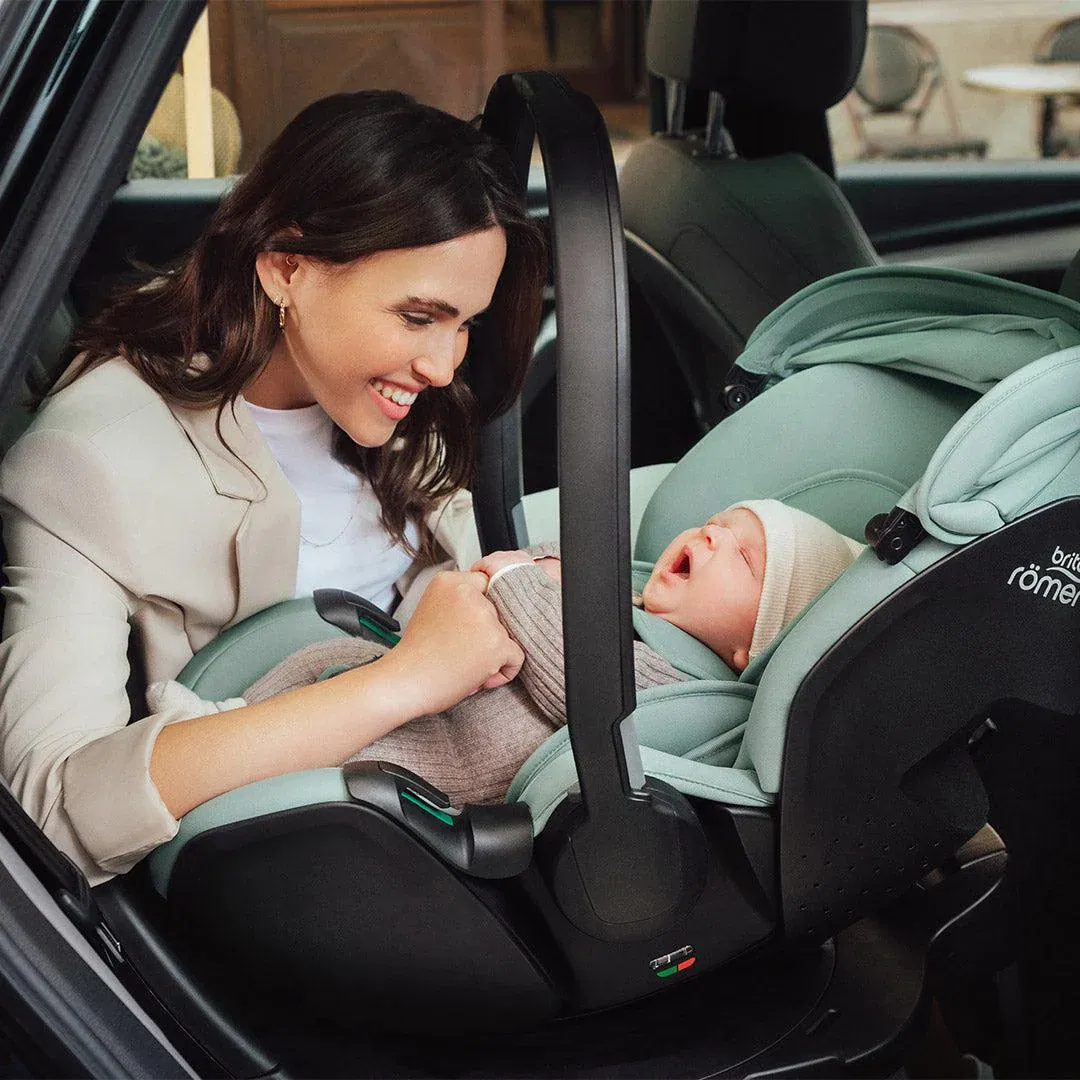
Lie-Flat
Lie-flat car seats let your newborn travel in a natural, healthier position, protecting their delicate spine and helping them breathe easily. Perfect if you take long drives or want added peace of mind for your little one’s comfort.
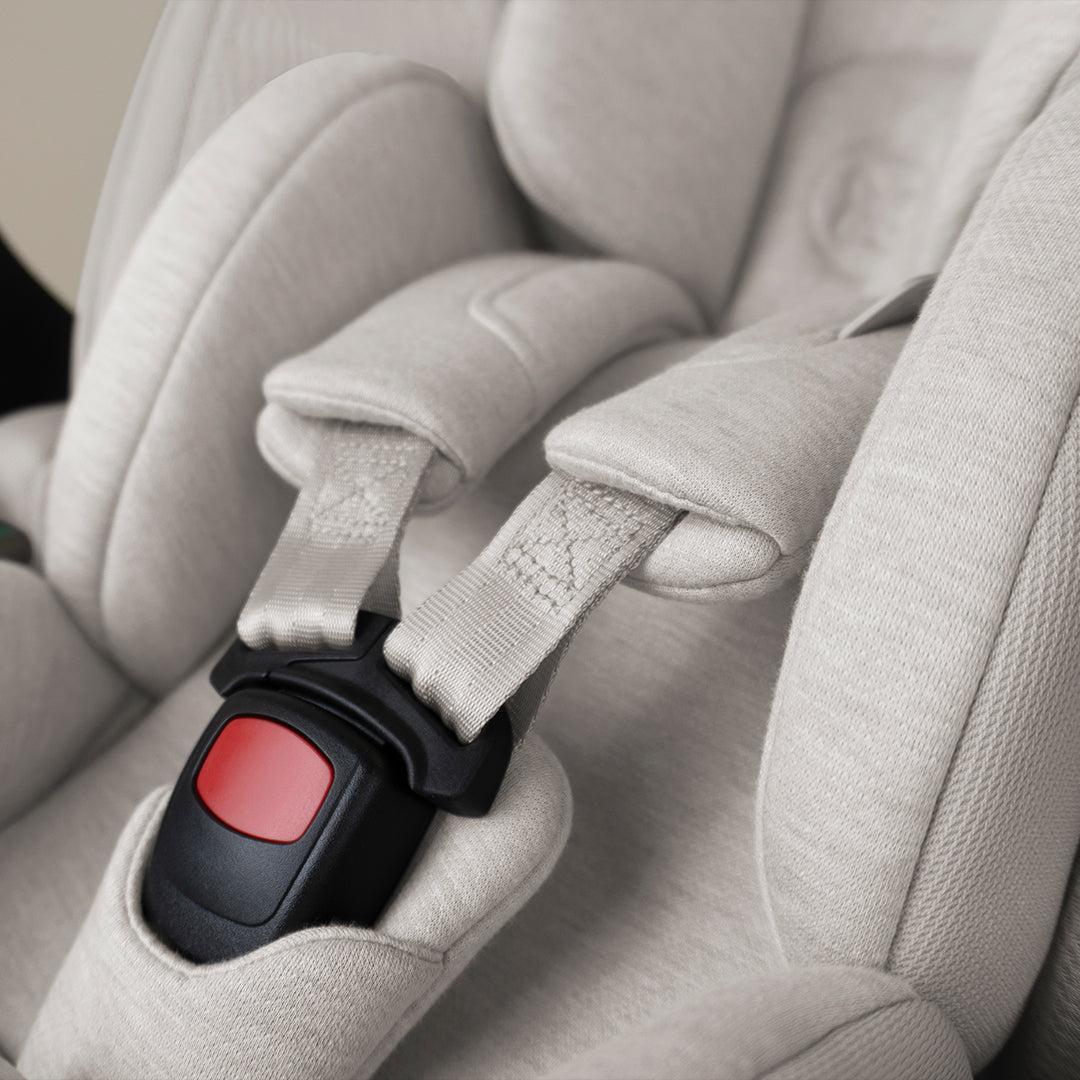
Extra practical features worth considering
Harnesses can get tangled or trapped under your little one when you're getting them in and out—especially if you're in a hurry. Some seats include clever harness holders or magnets to hold the straps out of the way, meaning less fuss and frustration at the car door.
If you're often out and about, a built-in UPF50+ canopy on your car seat can be a lifesaver. Not only does it protect your little one from harmful UV rays, but it also keeps them comfortable and shaded, helping to avoid those mid-journey meltdowns on bright, sunny days.
Many infant car seats come with special padded inserts to keep newborns snug and safe. These inserts should be easily removable as your little one grows. Look for inserts that adjust or detach to give your baby a comfy fit as they develop.
If you're frequently lifting your infant seat in and out of the car or carrying it on errands, weight matters. Some car seats are specifically designed to be lightweight without sacrificing safety or quality, making them more practical for everyday use.
Seats that offer multiple recline positions give you more flexibility to keep your baby comfortable, whether they're napping or awake. Adjustable recline also helps with safe positioning, especially for younger babies who can’t yet hold their heads up securely.
Rear-facing car seats: Why you should rear-face as long as possible
In a head-on collision, a rear-facing car seat supports your child’s head, neck, and spine much better than a forward-facing seat. Babies and toddlers have delicate bones, muscles, and ligaments that aren’t fully developed yet. When they're rear-facing, the force of a collision spreads evenly across their entire body, dramatically reducing the risk of serious injury.
In fact, studies show that children are five times safer when rear-facing. This simple positioning choice can literally be lifesaving.
15
months - the minimum age to forward face
5
times safer to rear face than forward face
Learn more
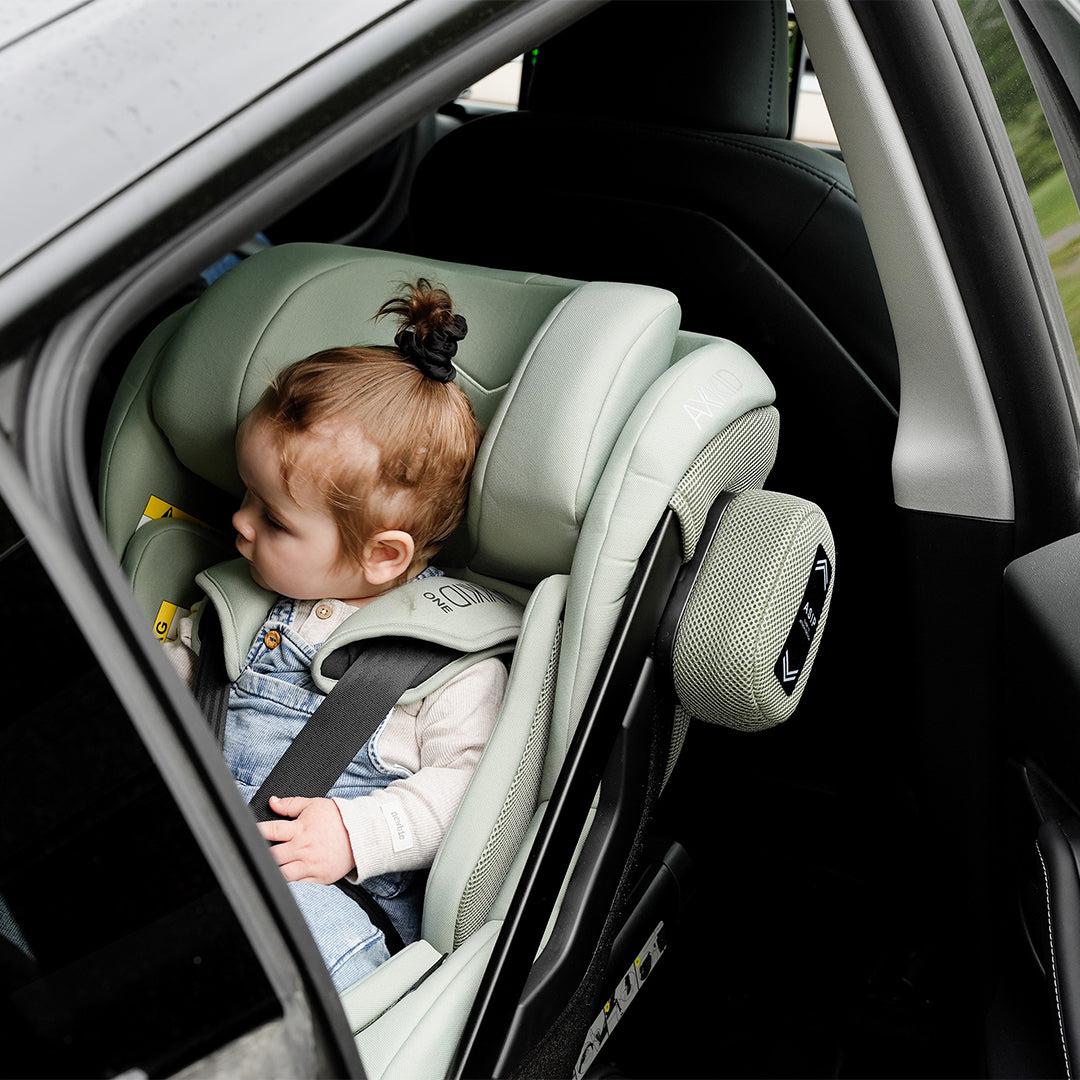
Our top rear-facing car seats
Shop All Rear-Facing Car Seats
Car seat safety tests: ADAC and Swedish Plus – what do they mean?
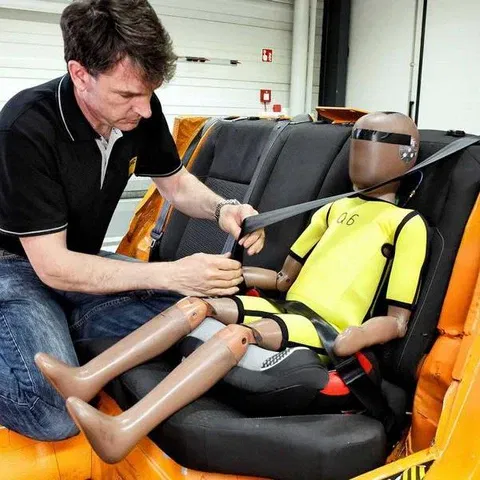
ADAC
ADAC is one of Europe’s most respected car seat safety tests. It goes above the legal minimum, assessing crash safety, ease of use, comfort, and even the seat’s materials. A low ADAC score means the seat has been thoroughly tested in real-world conditions—perfect if you want an extra level of confidence in your choice.
Learn more about ADAC testing
Swedish Plus
The Swedish Plus Test is the strictest crash test in the world—and only rear-facing car seats can pass it. It measures how well a seat protects a child’s neck in a serious head-on collision. If you’re planning to keep your child rear-facing for longer (which experts recommend), this test is your ultimate safety marker.
Learn more about Swedish Plus testing
i-Size car seats explained
i-Size is the newest European car seat safety standard (also known as R129) designed to make car seats even safer, simpler, and more universal. You can think of i-Size as an updated version of the older R44/04 standard. It's not yet compulsory, but it's fast becoming the preferred safety standard.
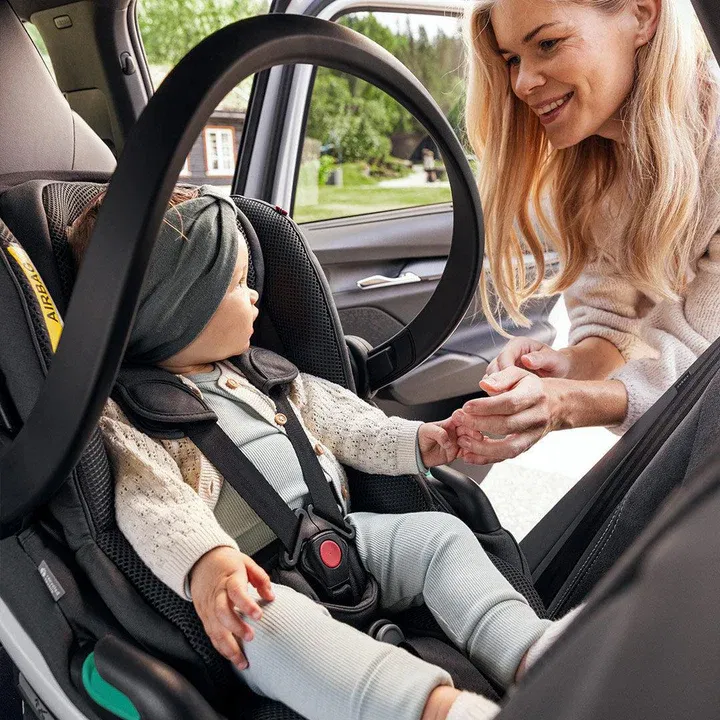
Height Based Sizing
Instead of choosing a seat based on your child’s weight, you choose based on their height. This makes it much easier to get the right fit for your child as they grow.
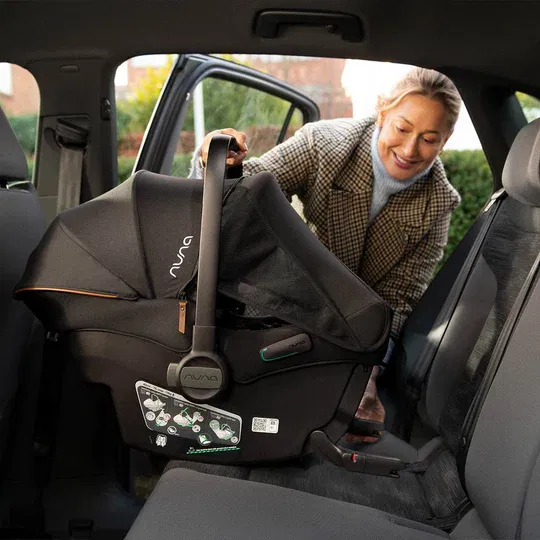
ISOFIX Installation
Most i-Size seats use ISOFIX points for simpler, safer installation. Many also come with indicators to confirm the seat’s fitted correctly.
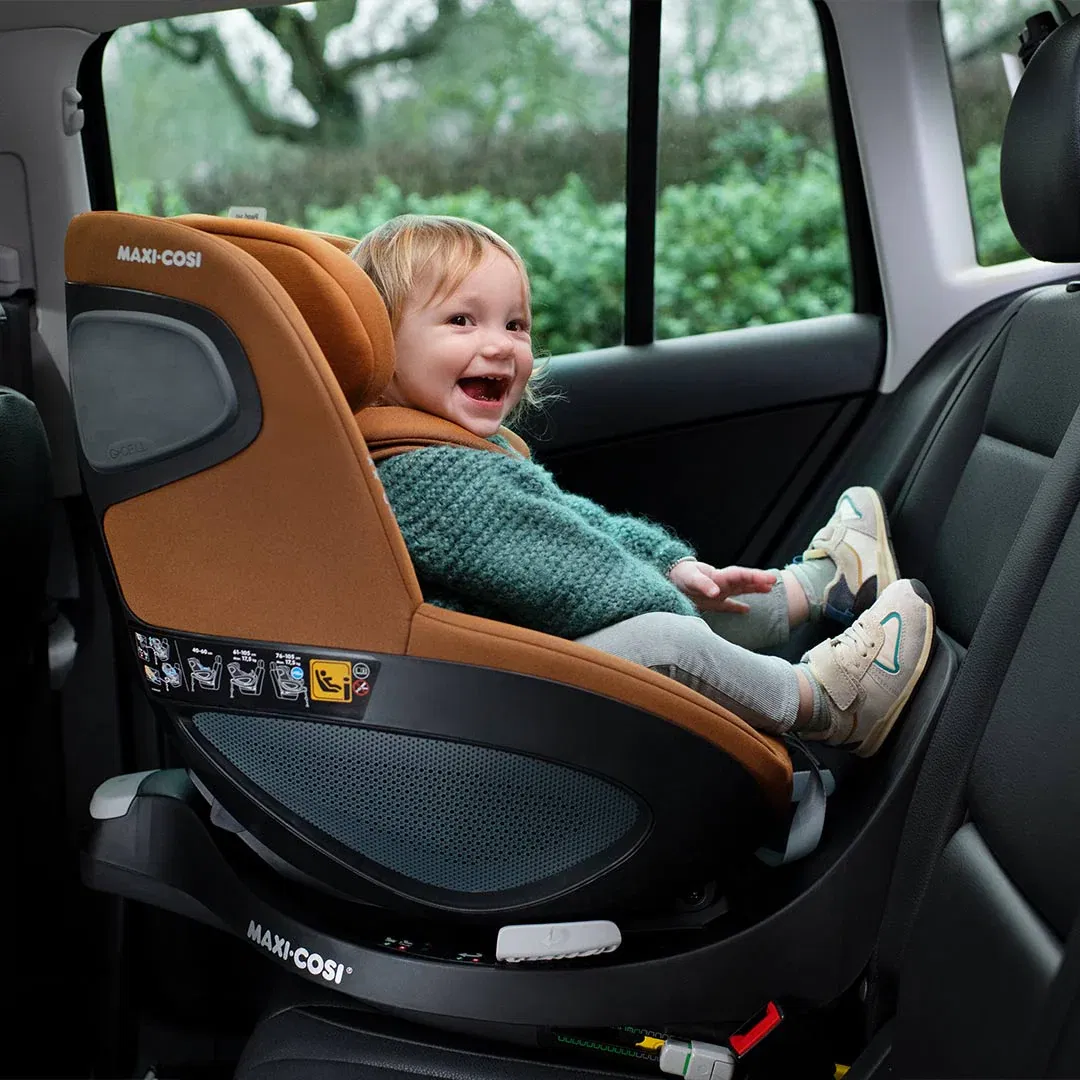
Extended Rear-Facing
With i-Size, babies must stay rear-facing until they’re at least 15 months old—but ERF is strongly recommended until around 4 years for maximum safety.
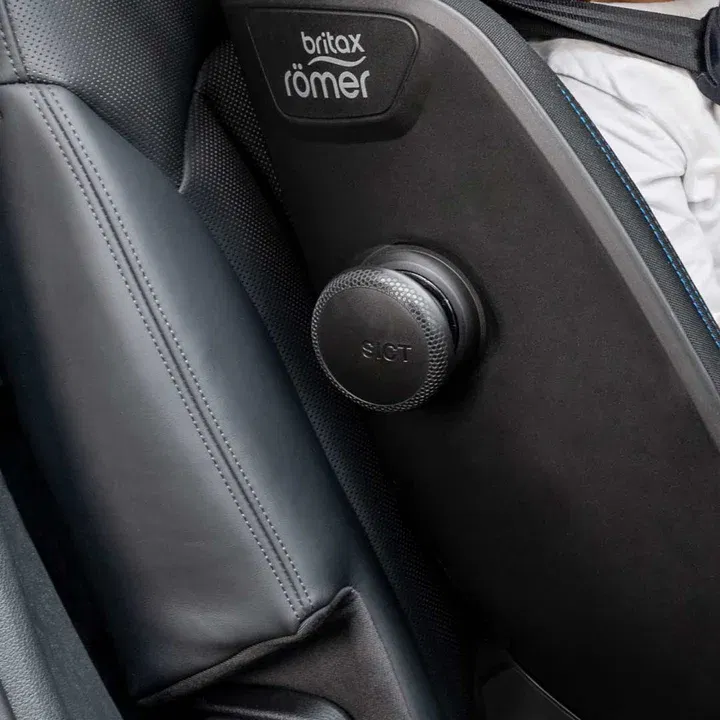
Side Impact Testing
All i-Size seats undergo mandatory side-impact crash testing, ensuring your little one has extra protection if a collision happens from the side.
Do I need an i-Size seat?
Legally, you can still buy and use seats tested to the older R44/04 standard. But if you’re shopping for your first car seat, choosing an i-Size seat is a smart choice for peace of mind, thanks to its enhanced safety standards. Plus, with height-based sizing, it takes away any guesswork about when to move your child up to the next seat.
Our top i-Size car seats
Shop All i-Size Car Seats





